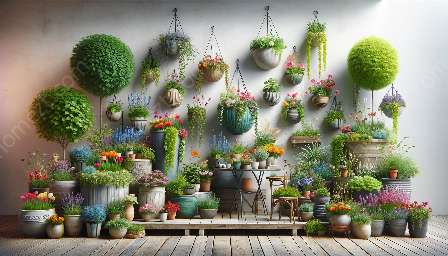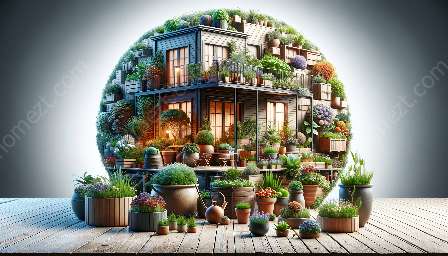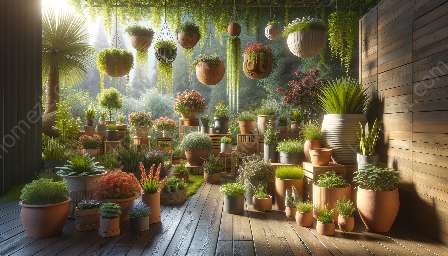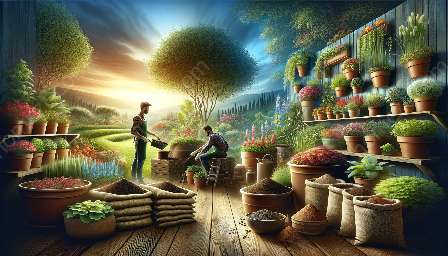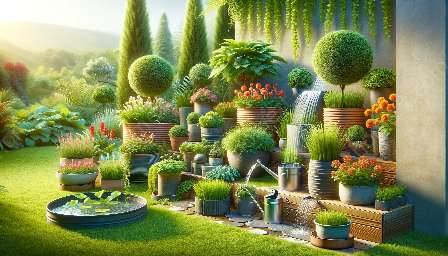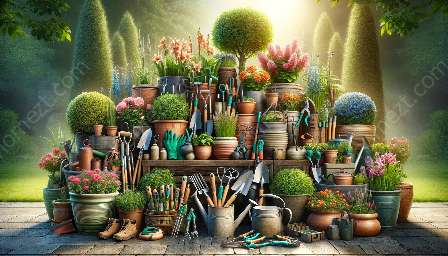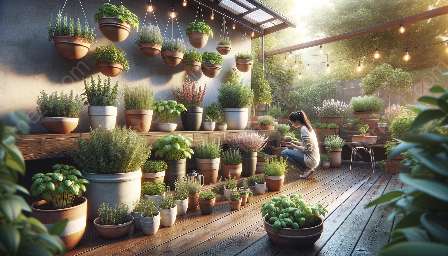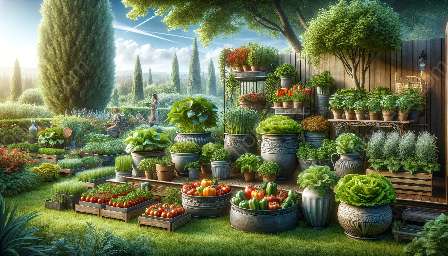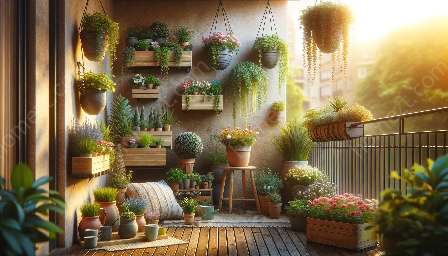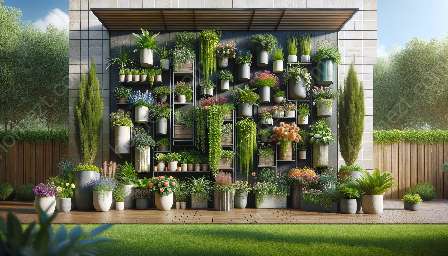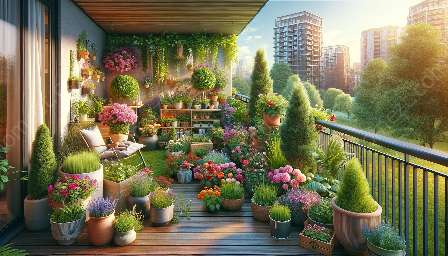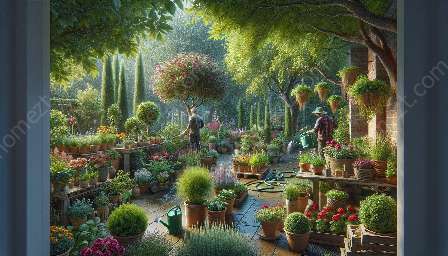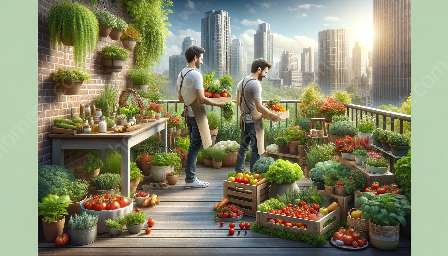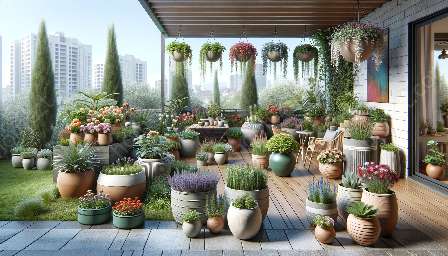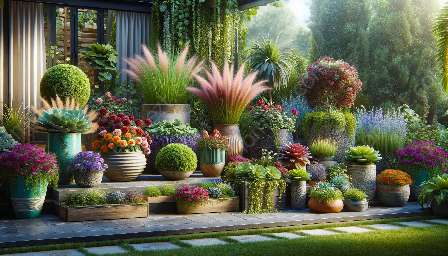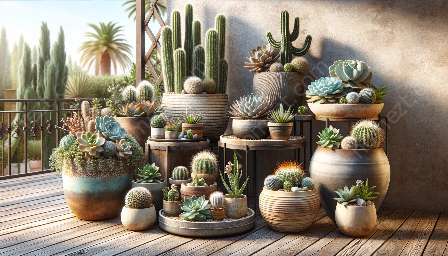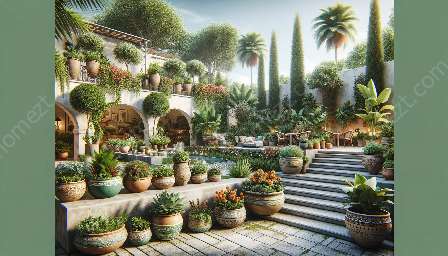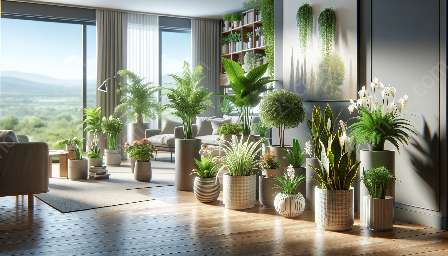Container gardening allows you to cultivate a diverse range of plants even in limited spaces, creating stunning displays and bringing nature closer to home. Successful container gardening depends heavily on effective watering and proper drainage. In this comprehensive guide, we will explore the best practices for watering and drainage techniques for container plants, providing you with the knowledge and skills needed to maintain thriving and healthy container gardens.
The Importance of Proper Watering and Drainage
Container plants rely on their limited soil environment for nutrients, moisture, and stability. Ensuring the right balance of water and proper drainage is crucial for their well-being. Overwatering can lead to waterlogged soil, depriving plant roots of oxygen and causing root rot, while inadequate drainage can result in stagnant water, promoting the growth of harmful microbial organisms and rotting plant roots.
Watering Techniques
Learn to water container plants effectively to keep them healthy and vibrant:
- Observation: Observe your plants regularly to determine their water needs. Factors such as plant type, container size, and environmental conditions influence the frequency of watering.
- Watering Schedule: Create a consistent watering schedule based on plant requirements and climatic conditions. Adjust the frequency and amount of watering according to the changing seasons.
- Watering Methods: Use a watering can with a narrow spout or a drip irrigation system to deliver water directly to the plant's root zone, preventing water wastage and minimizing the risk of fungal diseases.
- Water Quality: Use room temperature water to avoid shocking the plant roots, and consider using distilled water or rainwater to minimize the accumulation of salts and other impurities in the soil.
Drainage Techniques
Optimize drainage in your container garden to prevent water-related issues:
- Correct Pot Selection: Choose containers with drainage holes at the bottom to allow excess water to escape, preventing waterlogging. Alternatively, drill drainage holes if your containers lack them.
- Layering: Create a drainage layer at the bottom of the container using materials such as pebbles, broken pottery, or gravel. This layer helps excess water to move away from the plant's root zone.
- Soil Choice: Select well-draining potting mixes suitable for your plants. Mix in perlite or vermiculite to improve aeration and drainage in the soil.
- Monitoring: Regularly inspect your containers for any signs of poor drainage, such as water accumulation at the bottom. Adjust the drainage solutions accordingly to maintain an optimal growing environment.
Gardening and Landscaping Tips
Enhance your container gardening experience with these additional tips:
- Container Rotation: Rotate your containers regularly to ensure even sunlight exposure and balanced plant growth.
- Mulching: Apply a layer of mulch on the soil surface to conserve moisture, regulate soil temperature, and prevent weed growth.
- Fertilization: Implement a fertilization schedule to replenish nutrients in the soil and promote healthy plant growth.
- Weather Adaptation: Adjust watering and drainage practices according to weather fluctuations, ensuring your plants receive adequate care during dry spells or heavy rainfall.
Conclusion
By mastering the art of watering and drainage techniques for container plants, you can embrace the joys of successful container gardening. With the right care and attention, your container plants will flourish, adding beauty and vitality to your gardening and landscaping endeavors.

